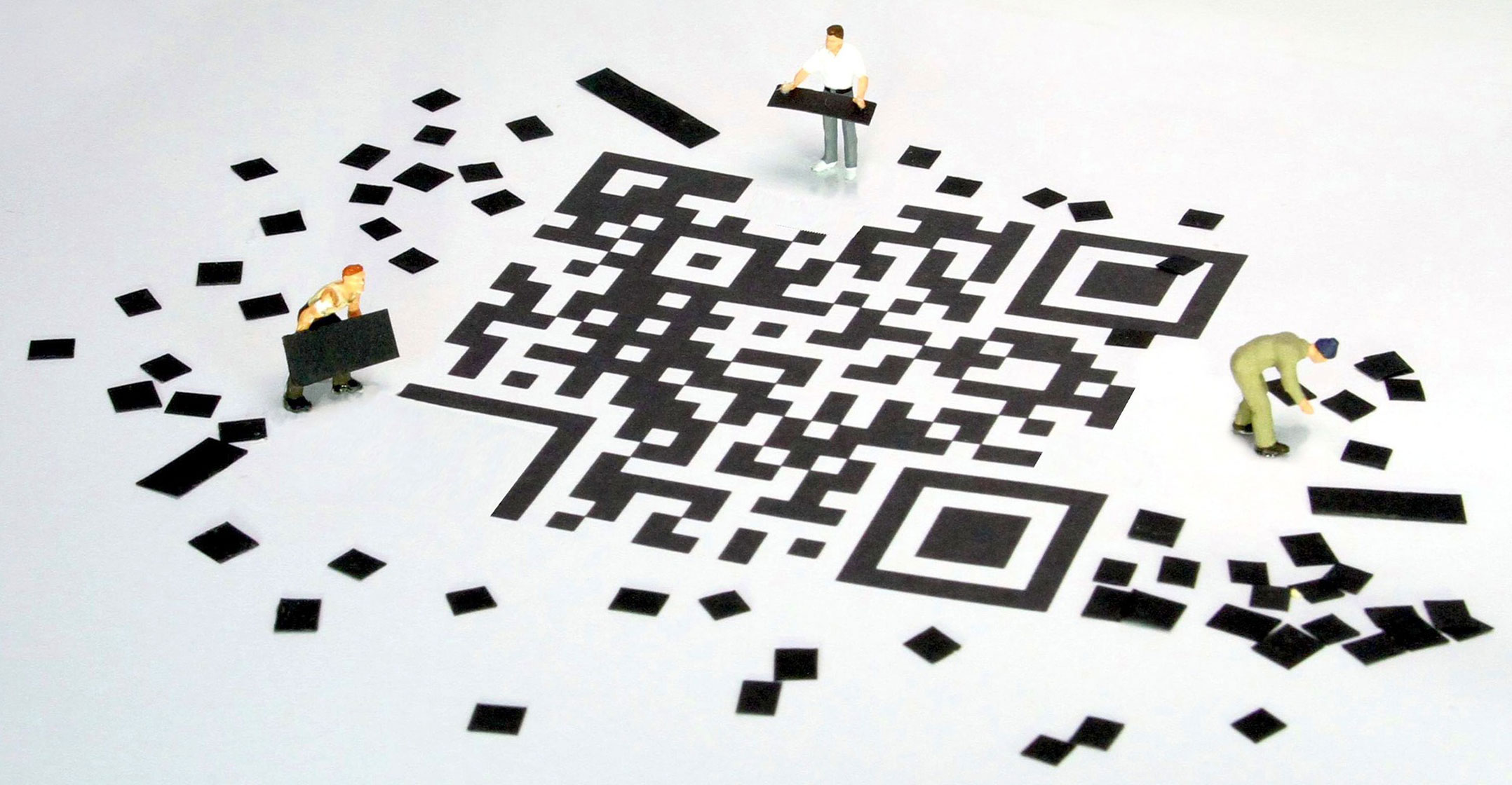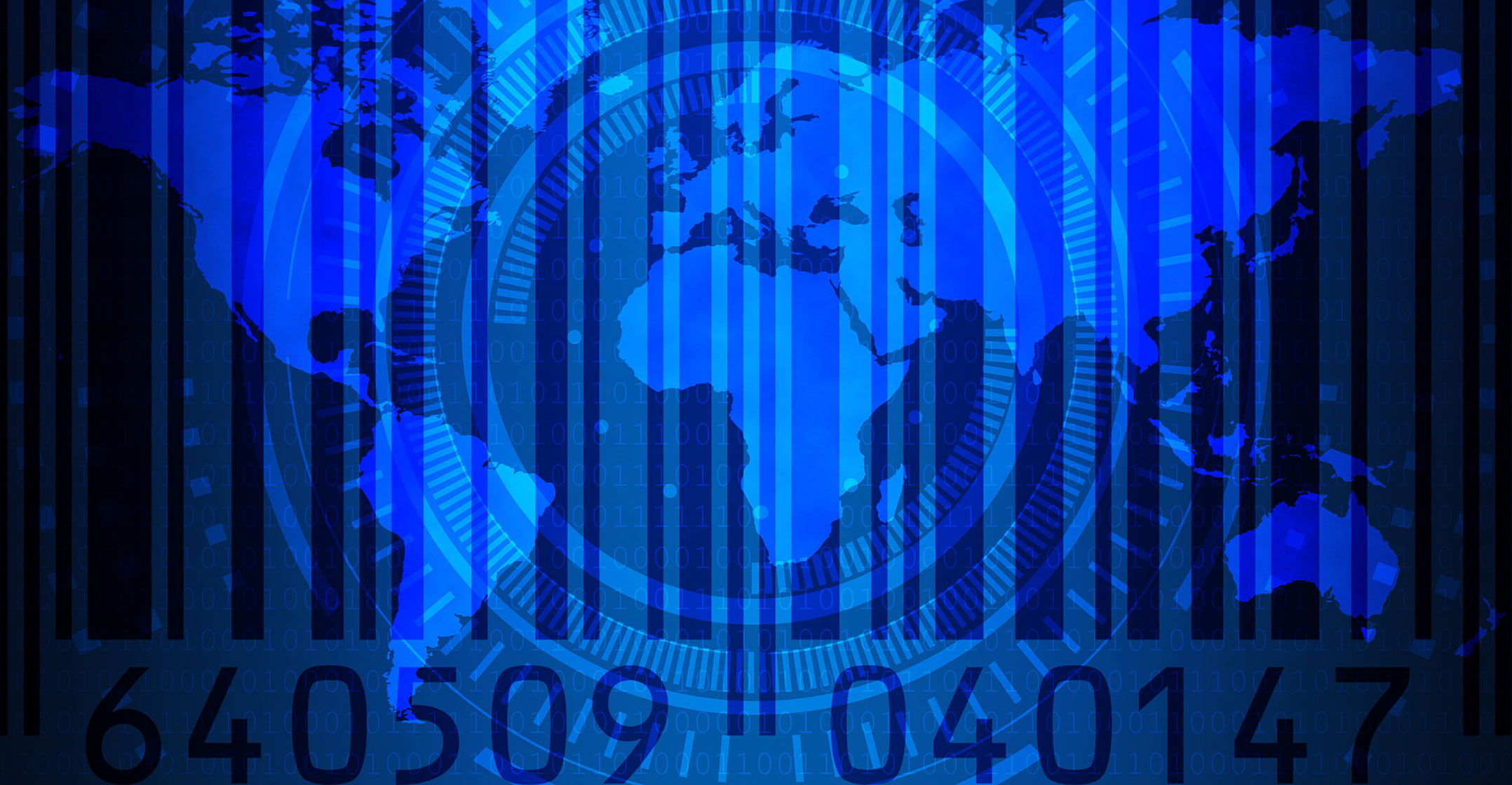 When it comes to barcoding, South Africa is, for once, on trend with the latest and greatest in barcode technology. But what’s really in a barcode and how does barcode technology work? Let’s take a look.
When it comes to barcoding, South Africa is, for once, on trend with the latest and greatest in barcode technology. But what’s really in a barcode and how does barcode technology work? Let’s take a look.
The simplest explanation of how barcode technology works is to think about a principle called symbology. Symbology in its most basic sense is what explains the barcode: it regulates the charting and explanation of the encrypted information or statistics.
This encryption permits the barcode scanner to understand when a number or character starts and when it ends, a system which is comparable to a binary depiction. We identify barcodes as a collection of parallel lines that alternate between white lines and black lines respectively. Barcode technology offers a straightforward and cheap way of recording statistics or information in a range of applications.
The symbology behind product barcode technology can be organised or charted in an assortment of ways. A constant symbology is manifested by the numbers or characters starting with a black line and concluding with a white line (or a blank space). A discreet symbology formation does things a little differently and has characters or numbers encrypted as a black line, a white line (or blank space) followed by another black line. This covers all you need to know about the characters or numbers and how each separate digit or letter is interpreted. The black and white lines that make up a barcode also show variations in encryption of the thicknesses of each line. Some of the technological schemes behind barcodes use two different thicknesses to ascertain the character or digit, while others make use of numerous width lines. Using any of these methods of encryption is dependent, obviously, on what kind of industry or what kind of application the barcode technology is being used for.
1D and 2D
The linear barcode generator technology is occasionally known as one-dimensional, or 1D, encoding. These are the types of barcodes that the ordinary person would be the most familiar with. However, there are other kinds of more complicated barcodes that make use of dot matrixes to accomplish a more complicated encoding procedure. They also have the ability to store and recognise a far greater range of information and data. These are known as two-dimensional or sometimes dataglyphs barcodes. They are made up of minute dots, similar to that of the old dot matrix printers, which generates patterns that are then interpreted in the process of scanning. They are only able to work in this particular format and can be made up of rounded patterns or an assortment of shapes and units implanted into a certain image for the person using the barcode.
 To be able to understand the information contained in a barcode, the barcode needs to be scanned by a laser scanner and then understood. The laser scanners that are used to read the barcodes calculate light that is reflected from the 1D barcode and can differentiate between which lines are white and which lines are black. Standardisation of the laser and scanning system is required to guarantee the proper understanding of the barcode itself. This is all dependent on whether it is symbology in its constant or discreet form, whether the images are one-dimensional or two-dimensional images, and whether it makes use of two-width or multiple-width lines. The most popular laser scanners used are helium neon lasers because they have a low energy consumption and are highly reliable and efficient.
To be able to understand the information contained in a barcode, the barcode needs to be scanned by a laser scanner and then understood. The laser scanners that are used to read the barcodes calculate light that is reflected from the 1D barcode and can differentiate between which lines are white and which lines are black. Standardisation of the laser and scanning system is required to guarantee the proper understanding of the barcode itself. This is all dependent on whether it is symbology in its constant or discreet form, whether the images are one-dimensional or two-dimensional images, and whether it makes use of two-width or multiple-width lines. The most popular laser scanners used are helium neon lasers because they have a low energy consumption and are highly reliable and efficient.
The more complicated 2D barcodes cannot be read the same way as a 1D linear barcode with a simple laser scanner. This barcode requires an all-inclusive reader that is able to read the full image in its entirety. Linear barcode technology only requires a mere sweeping across to be read as the lines are the same irrespective of the placement of the laser scanner. 2D barcodes must be scanned by a scanner that is image-based, comparable to the scanners that people use at home or in offices in order to scan documents and images. They come at a higher price but have the ability to encrypt more information and data. These are most commonly used for encoding URLs for scanning by cellphone cameras and applications that are more on the higher end.
- This promoted content was paid for by the party concerned




